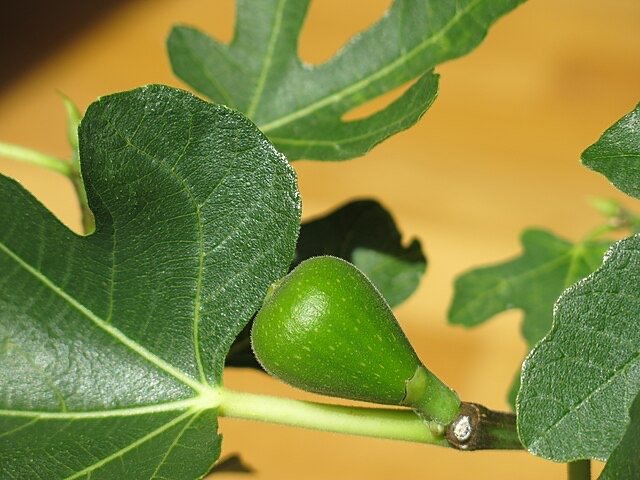Growing Your Own: A Guide to Propagating Fig Trees
Propagating fig trees is a rewarding endeavor for any gardener. Whether you're an experienced horticulturist or a beginner, growing your own fig tree from a cutting is exciting and accessible. In this detailed guide, we'll walk you through the various methods of propagating figs, providing tips and tricks to ensure your success.
Why Propagate Figs? Propagating figs allows you to expand your collection, preserve favorite varieties, or share plants with others. It’s also cost-effective and ensures that the offspring trees match the parent's characteristics.
Methods of Propagation:
Hardwood Cuttings:
Timing: The best time to take hardwood cuttings is in late winter, just before the spring growth begins.
Process:
Select a healthy branch from the previous year’s growth, about ½ to ¾ inches in diameter.
Cut into sections 8-12 inches long, ensuring each cutting has 2-3 nodes.
Dip the cut end in rooting hormone to encourage root growth.
Plant the cutting in a pot with well-draining soil, burying about half its length.
Keep the soil moist but not waterlogged.
Roots and new growth typically appear in spring.
Softwood Cuttings:
Timing: Softwood cuttings are taken in late spring to early summer.
Process:
Choose a healthy, new growth shoot.
Cut a 4-6 inch section with at least two leaves.
Remove the lower leaves and dip the cut end in the rooting hormone.
Plant in a pot with well-draining soil, ensuring at least one node is below the soil surface.
Maintain high humidity around the cutting using a plastic bag or a propagator.
Air Layering:
Timing: Best done in spring.
Process:
Choose a healthy branch on the tree.
Make a small upward cut about one-third into the branch.
Insert a small object like a toothpick to keep the cut open.
Wrap moist sphagnum moss around the wounded section and cover it with plastic wrap to retain moisture.
Roots will form inside the moss. Once a good root system has developed, cut the branch below the roots and pot it.
Care for New Cuttings:
Light: Place the cuttings in a bright location but out of direct sunlight.
Water: Keep the soil consistently moist, but avoid overwatering.
Temperature: A warm environment (about 70°F) is ideal for root development.
Transplanting: Once the cuttings have established a good root system, they can be transplanted into larger pots or directly into the ground, depending on your climate.
Propagating fig trees is a straightforward and satisfying process. Following these guidelines, you can grow your own fig trees and enjoy the fruits of your labor in a few years. Remember, each cutting has the potential to become a beautiful and productive tree, making this a truly rewarding gardening project. Happy propagating!

